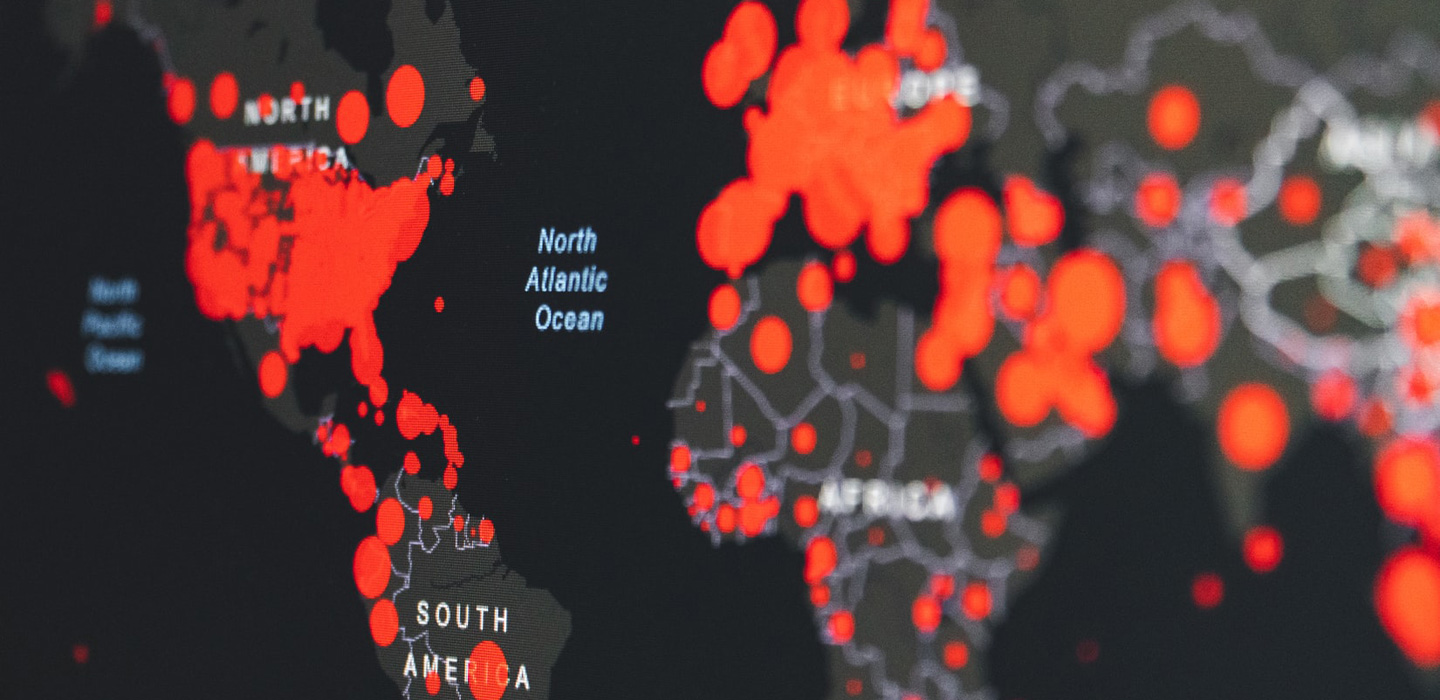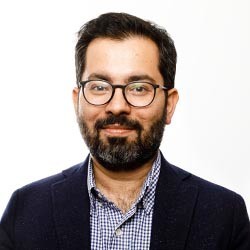Re-imagining our economic choices
IFAD Asset Request Portlet
Publicador de contenidos
Re-imagining our economic choices
For decades, human beings have chosen profits over lives. The time has come to jettison this approach
Tiempo estimado de lectura: 4 minutos
The COVID-19 pandemic will reshape all our economic choices. Nations have made a crucial choice in recent weeks, choosing human life over economic growth. Governments including ours have mandated lockdowns to slow the pandemic, relieve the pressure on their hospitals and save lives. On the one hand, there will be massive economic costs. Fitch Ratings have halved their 2020 growth forecast. The volatility is unprecedented. A Forbes assessment started with the pithy disclaimer “Last week’s economic forecast is out of date.” On the other hand, updates land in our phones on a minute-by-minute basis, invoking both our empathy and our fear. Our choice is obvious — human life over economic growth. To choose otherwise would be inhuman. Surely, we have always made the same choice? Hardly.
For decades, we have chosen profits and growth over human lives. The World Health Organization (WHO) estimates that 4.2 million lives are lost annually due to air pollution. These deaths occur in dispersed locations, through varying illnesses and outside our frenzied social media feeds. Therefore, the choice is not as clear to us. It is a choice between 4.2 million lives and the marginal returns from industries choosing polluting vs. non-polluting technologies. This is not a Luddite call to replace our cars with carriages. Cleaner technologies are available, and not only for Prius owners. For instance, through our IFAD programs, low-cost technologies are being developed even for smallholder farmers.
Saving lives
Surely, we are finally saving all lives now? The recommendations are clear. Practice social distancing? This is hardly viable for the 2 per cent of the global population who are homeless or the 20 per cent who lack adequate housing. Social distancing will also take a disproportionate economic toll on the informal sector, employing up to 60 per cent of the working population globally and 90 per cent in India. The cure could trigger deep poverty and a food security crisis, actually endangering more lives. In this context, the first ₹1.7 lakh crore relief package was encouraging in its focus on ensuring food security and cash transfers for the vulnerable.
Wash your hands? What about the 35 per cent who lack access to sanitation? According to UNICEF, even prior to COVID-19, diseases directly linked to lack of safe water killed 1,400 children under five every day, globally over half a million a year. There has been a renewed focus on sanitation in recent years. More is needed, but long-term measures might expand the fiscal deficit.
Economics is about choices, a study of ‘human behaviour as a relationship between ends and scarce means’. Trade-offs are central to these choices. On the one hand: 4.2 million, 0.5 million, 1,15,000 (and counting) lives. On the other: lower GDP rates, more expensive technologies, higher fiscal deficits. Such comparisons might not pass our usual aesthetic standards. But this pandemic will test our imagination. Binaries between left and right are collapsing. A Republican Treasury Secretary in the United States is suggesting cash transfers for all workers. The Confederation of Indian Industry is advising pay cuts for senior management while ensuring workers do not lose jobs. Liberal democracies are competing to curtail individual rights and movement. Citizens are supporting (even demanding) these restrictions. We have embraced a suspension of laws, a near-global ‘state of exception’.
Changing the metrics
These states of exception might be the new normal as black swans, highly improbable events with extreme impact, now spread rapidly. The pace and volumes with which we can move across territories and transport the virus have deepened our fragility. Perhaps it is time to shift from indices of economic growth and speed (such as rates of GDP growth) to those that build on lives and living conditions. Many organisations, including the one I work for, have already shifted their focus from mere incomes to resilience. Relevant indices already exist. The Human Development Index measures life expectancies as a proxy for long and healthy lives, education and national incomes per capita. The Multi-Dimensional Poverty Index builds on capabilities, captured through health, education and living standards. The difference between standard economic targets and these welfare-based indices is their clear focus on lives over profits.
In Netflix’s new dystopian offering, The Platform, inmates are randomly assigned a level in a giant vertical tower. Food passes through a central chute from top to bottom. If the prisoners at every level took their reasonable share, there would be enough for everyone. That never happens, and those at the lower levels are forced to adopt brutal strategies to stay alive. This is a harsh representation of our economies. Maybe too harsh. But the undeniable fact is that we do not live in separate worlds. We inhabit a building with overlapping loops, where our rooms vary in size and comfort but are all linked. We face a common enemy, and there may be more in the future. One life undermined is a threat to everyone. What is the price we are now willing to pay for others’ lives?
This article was originally published on The Hindu. Kaushik Barua is the Cambodia Country Director at IFAD. Views expressed are personal.
Fecha de publicación: 15 abril 2020